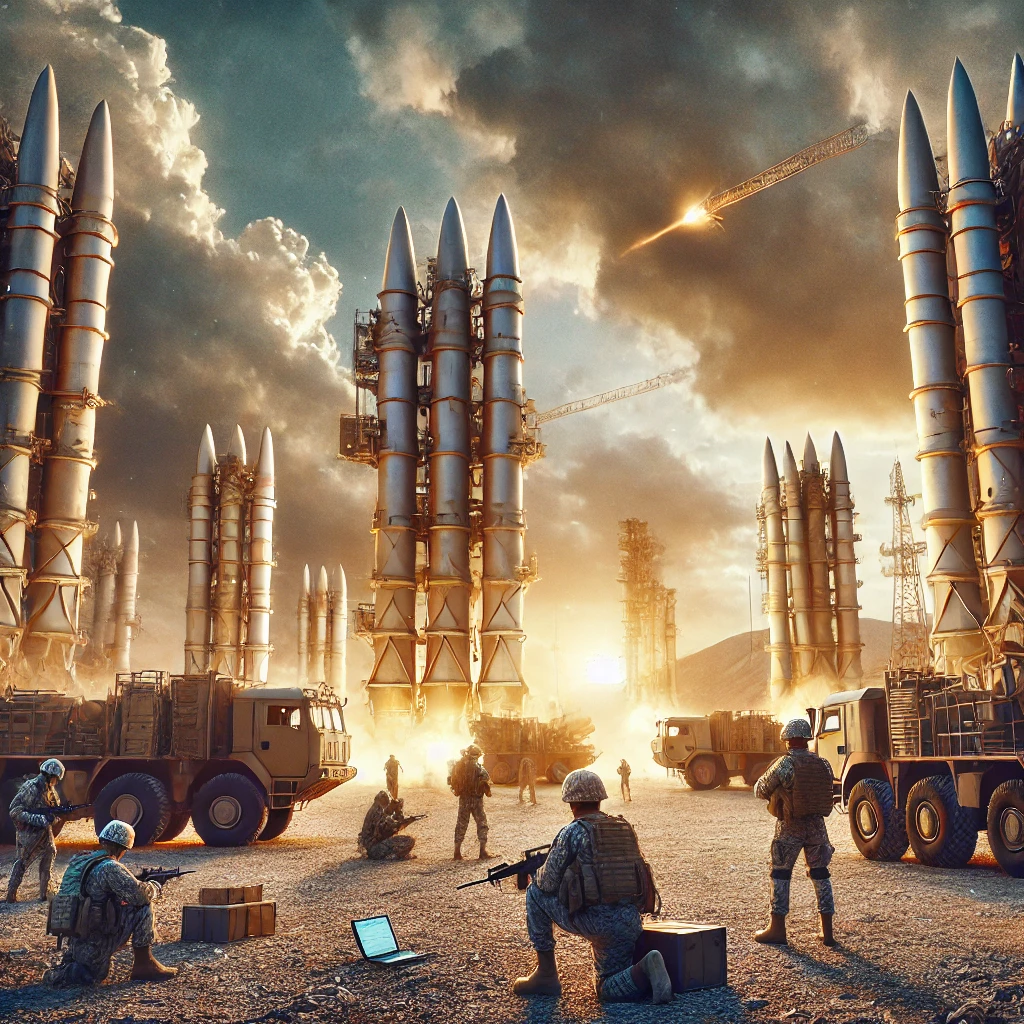
January 10, 2025 — Iran has commenced its extensive Eqtedar military drills, showcasing its defensive capabilities in light of rising regional tensions. A focal point of these exercises is the Natanz nuclear enrichment facility, a critical component of Iran’s nuclear program. The drills underscore Iran’s commitment to protecting its key infrastructure against potential threats.
Emphasis on Air Defense and Electronic Warfare
As part of the Eqtedar drills, Iran’s air defense units have been conducting simulations around the Natanz facility. These exercises are designed to test and improve the site’s readiness against various attack scenarios, including electronic warfare. General Hossein Salami, the commander-in-chief of the Islamic Revolutionary Guard Corps (IRGC), stated, “The drills are conducted under real-life conditions to test our capabilities and ensure our readiness to defend critical assets.”
The exercises also involve deploying advanced air defense systems and testing communication protocols under simulated electronic interference. By conducting these high-intensity drills, Iran aims to ensure the security of Natanz, which has frequently been a target of international scrutiny and cyberattacks.
Strategic Objectives and Preparedness
The Natanz facility, central to Iran’s nuclear activities, has often been at the center of geopolitical tensions. By focusing on this site, the Eqtedar drills aim to reinforce Iran’s defensive posture and demonstrate its readiness to counteract both physical and cyber threats. These exercises involve advanced weaponry, high-tech simulations, and coordinated efforts between Iran’s air and ground forces. Such comprehensive measures highlight the nation’s strategic priorities.
Moreover, these drills provide an opportunity for Iran’s forces to test the integration of newer technologies into their military strategies. The coordination between different branches of the armed forces underscores the importance of a unified response to potential adversaries.
Regional Implications
These drills come at a time of heightened tensions with the United States and Israel, who have expressed concerns over Iran’s nuclear advancements. While Iran insists its nuclear program is for peaceful purposes, international observers remain cautious. The Eqtedar drills send a clear message of deterrence, showcasing Iran’s military readiness and resilience.
Additionally, the drills serve as a warning to adversaries about Iran’s preparedness to defend its sovereignty. The exercises highlight the country’s strategic focus on protecting critical infrastructure against both external attacks and internal sabotage attempts.





